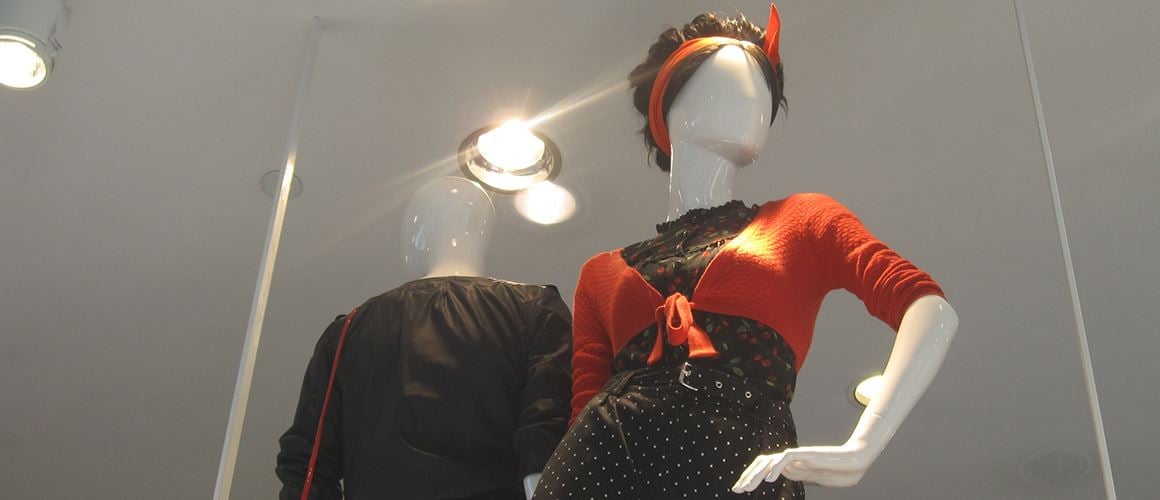Get in touch
Designing a B2B service business from scratch

This article was published in full in January 2011 in the journal of the Service Design Network: Touchpoint Vol. 2 No. 3
Engine was commissioned to support the development of Philips Retail Solutions (PRS); a new venture within Philips. Philips has three divisions, the biggest part being B2B. The driving idea was to make a business that offers innovative ways to create and manage multi-sensorial, interactive in-store experiences across multiple sites. The official venture started only a few weeks before Engine was engaged, so it moved forward with an early collaboration between the two companies.
The project was both an exploration of building a B2B business and of the value that service design can bring. The question of the value of service design to the development of PRS can be explored through the key challenges that the new venture posed.
The early challenge was how exactly the venture would make money. Philips knew they wanted to provide something different, but did not have a clear business model. An exploration of a range of possible business models focused the ventures team on integrated product and service solutions.
With this came the need for an altered perception and role, requiring new ways of listening and understanding needs. Similarly, as one division out of three there needed to be new ways of defining and structuring the venture and new ways of thinking and operating within the company as a whole. These became the three phases of the project: listening and understanding; defining and structuring; thinking and doing. The approach to these challenges also supported the dialogues around the future of this innovative concept, potential new clients and drivers for business development.
In their new role of service provider, PRS had to learn about types of customers (marketing, sales, experience, design and support), their needs and how staff, customers, products and process interact. This was handled through cycles of discovery and definition with collaborative research and synthesis, considering those who would buy the service and those who would use it. Direct contact with customers was critical to producing a retail service proposition, as were the phases of evaluation with senior stakeholders.
Scenarios were built to define and describe how sales would play out over time, each offer building on the next. Adapting cases for individual sectors and tailoring for particular needs helped to put detail onto the propositions under development. The PRS team acquired new skills to enable this, including consultancy skills and an approach to continuous learning. This also helped the internal validation process as development for, as a new venture, PRS was selling to Philips as well as customers, moving from internal to external validation over time.
All the strategies that were developed were linked through a unifying service logic with which they could be created and managed. The set of offers developed are all linked both in internal production and communication and also in varying packages of platforms, tailored to customers requirements. A unifying service logic supports communication, sales and delivery over time.
The benefit of the early collaboration between PRS and Engine in this venture enabled a service logic to be applied from the beginning, aligning the different strategies and cementing the internal and external offerings. It has also enabled the PRS team to go forward continuing to work in this way, helping to anticipate and accommodate future changes, meeting each with innovation and a unified proposition.
Four tips for designing beautiful services
1. Understand in detail what your services are made of A beautifully designed service is made up of...Defining the experience enablers
In Part 3 of this six-part series, we investigate the second fundamental of our Design-led approach...THAT Retail Concept Store wins “Best Experience Design” Award
The whole team at Engine Service Design would like to congratulate Grégoire Charpe-Civatte...Book time with a service design expert.
Discover the transformative power of service design and unlock the full potential of your business. Get in touch with our service design experts today and start improving or innovating your services and customer experience.
